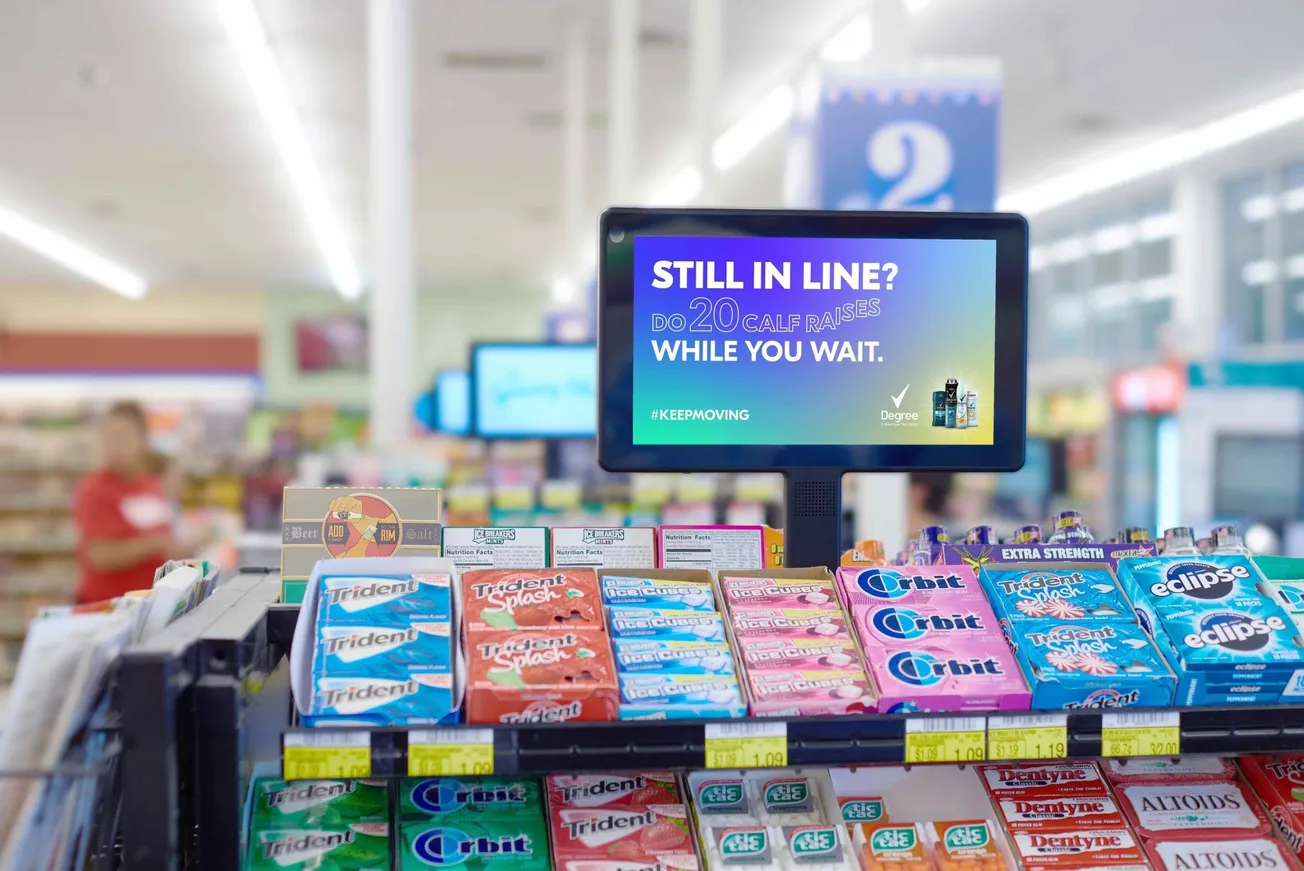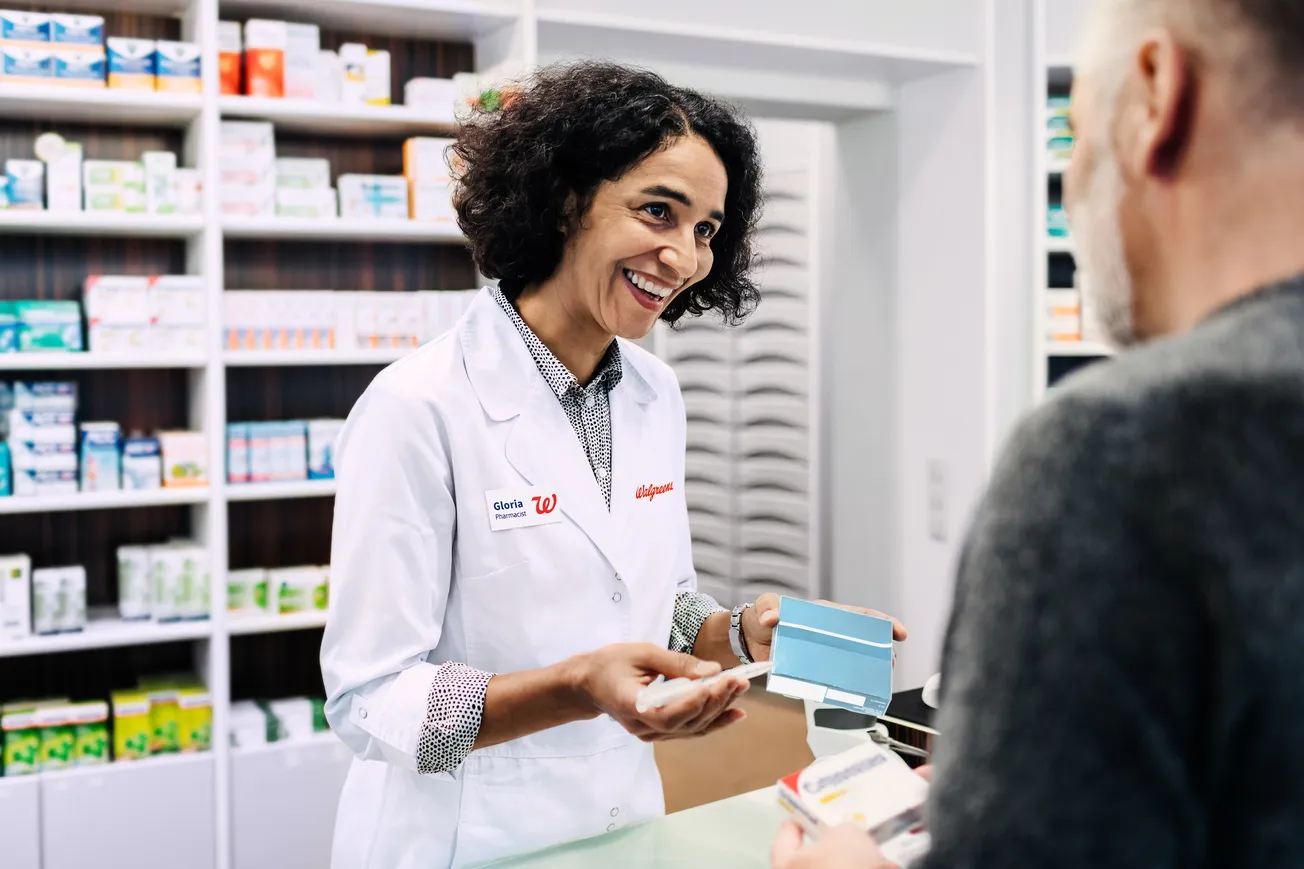The retail media ecosystem continues to grow — with eMarketer estimating it at about $60 billion in 2024, growing to almost $110 billion by 2027. The overwhelming percentage of this revenue comes from Amazon today, and a large degree of that is digital search. The bulk of the remainder goes through mass and grocery retailers like Walmart (Walmart Connect), Target (Roundel) and Kroger’s Precision Marketing.

Bryan Gildenberg
In line with this trend, the drug channel has doubled down on retail media with the rise of the Walgreens Advertising Group and the CVS Media Exchange. These retailer media networks have enormous potential audiences, but today remain largely underleveraged assets in the retail media world. These are large networks with scaled data — between Walgreens and CVS, for instance, their loyalty programs have 171 million total members. But even at this scale of potential audience members some anxiety exists about the specific utility of a world where there are over 100 retail media networks for brands to choose from; however, the networks themselves need to bring more to the table than just size and loyalty data.
If a media network is to avoid being aggregated into low-margin bulk audience buys there needs to be distinctive use cases for those audiences beyond simple scale. The drug channel today should be explored by brands not with generic campaigns but with strategies that amplify the channel’s inherent strengths. There are at least three that stand out:
1) Personalized health care across key need states — EMMPathethic marketing
One of the great virtues of retail media networks powered by loyalty card data is the ability to use first-party data to personalize messaging and proposition. Brands should approach these RMNs thinking of ways to tackle four key health care need states that drug stores serve better than other forms of retail: Prevention, Acute Care, Chronic Conditions and Wellness.
Prevention — engagement
The drug store shopping trip is often integrally tied to preventative health care — that can come to life in at least two key ways where thinking about the retailer as a media platform not just a selling one can fuel greater engagement in critical preventative need states including:
• Seasonal health programs like flu/COVID vaccinations.
• Injury prevention in first aid/exercise.
• Vitamins, minerals and supplements.
Acute care — mitigation
Today’s drug stores are more than just retail outlets but often medical care facilities as well. The media opportunities available in a CVS MinuteClinic, for instance, can reach audiences seeking immediate care and for cold and flu season. At the same time a wide range of products can be “mitigation triggers” (analgesics, cough/cold O-T-C, even tea and soup) to help media buyers target potential buyers needing symptom mitigation.
Chronic conditions —management
Diet and exercise are the two most commonly thought about need states for chronic condition management in the U.S., but drug may lend itself better to some other conditions nearly as endemic:
• Pain — the Centers for Disease Control and Prevention estimates that more than one adult American in five suffers from chronic pain, and nearly 10% suffer from high-impact pain that significantly impacts their daily lives.
• Allergies — an estimated 80 million Americans suffer from hay fever-related allergies, and almost 10% of American children under 18 have been diagnosed with a food allergy. In addition, the number of Americans selecting hypoallergenic skin care and beauty products continues to explode. Again, loyalty-based purchase behavioral data can target and profile a shopper who is trying to lead an allergy-avoidant lifestyle.
• Sleep — According to a 2023 WebMD survey, 17% of Americans report having insomnia and helping people buying sleep remedies or melatonin in-store with other relaxation tools represents a major media opportunity.
Wellness — partnership
Some key opportunities to partner with shoppers on their wellness journey exist in linking these retail media platforms to the broader wellness conversation in the content ecosystem. Using these retailers off platform capabilities to target behaviorally defined segments where wellness conversations are happening in the user-generated content world can have powerful results.
For use case 1 — personalized health care — remember the EMMPathy framework — Engagement, Mitigation, Management, Partnership.
2) “Polydemic” marketing
Drug retail has for years lived at the intersection of health care and retail, and this duality is true for their media networks as well. Fortunately, the drug retail media networks are adjacent to the pharmaceutical sector, which accounts for nearly twice the share of advertising spend in the U.S. that the CPG industry does, according to Statista. This sector — endemic to drug but nonendemic to other channels, represents a massive growth opportunity for the chain drug retail media networks. Obviously HIPPA restrictions prevent too much data integration between a patient’s health care information and other types of marketing, but non-Rx companies continue to monitor how the pharmaceutical industry uses these RMNs, as it may create surprisingly high demand for different audiences or advertising inventory types.
3) Urban marketing strategy?
The footprint of retail in the densely populated cities of the U.S. looks markedly different than it does anywhere else — with very little big-box presence and limited supermarket footprint, drug competes more with bodega-style independent retail, small-box grocery, dollar and convenience. Keep in mind that the seven most densely populated cities in the United States (New York; Los Angeles; Washington, D.C.; Miami; San Francisco; Chicago; and Philadelphia) aggregated together are the third-largest retail market on earth — and Walgreens/CVS have a high share of chain retail square footage in almost all of these key markets.
As such, drug stores here are less health care destinations and more urban health and beauty leaning convenience stores. Given the relatively small footprint of other retail formats that have RMNs attached to them, this represents one of the best ways for brands to reach a young audience that can be notoriously difficult to sell to. Beauty brands in particular should work closely with the drug store RMNs to develop the right audiences and store lists to combine upper-funnel retail media reach with conversion opportunities to win the urban shopper.
Conclusions:
• The opportunity for EMMPathetic health care marketing through the RMNs personalized platforms — Engagement, Mitigation, Management and Partnership remains a fundamental pillar of effectively using the drug store retail media networks. Brands need to not just treat the drug store RMNs as scaled-down versions of Amazon, Walmart or Roundel but understand the specific need states associated with the power of personalized marketing in these need states.
• Drug store RMNs have significant commercial opportunity from the health care marketing ecosystem, which is larger in dollar terms than the CPG ecosystem.
• Urban retail is a critical but fragmented part of the U.S. retail landscape, and partnering with drug store retail media networks to reach this consumer can provide unique access to this hard-to-reach audience.
Bryan Gildenberg is founder and chief executive officer of Confluencer Commerce.









